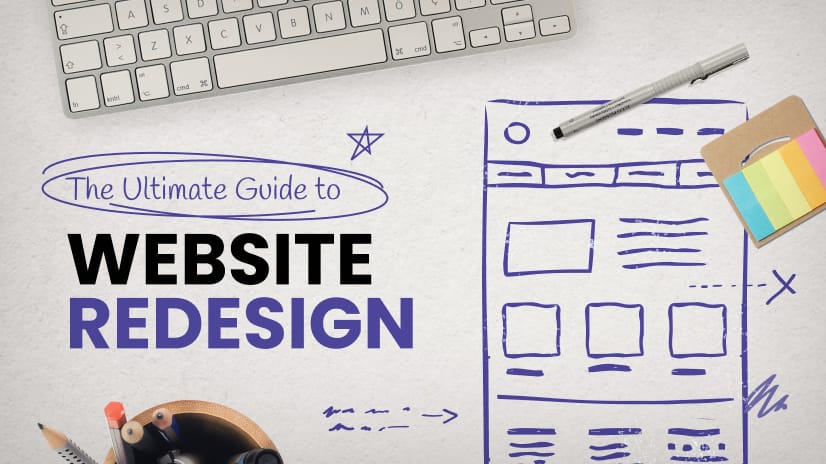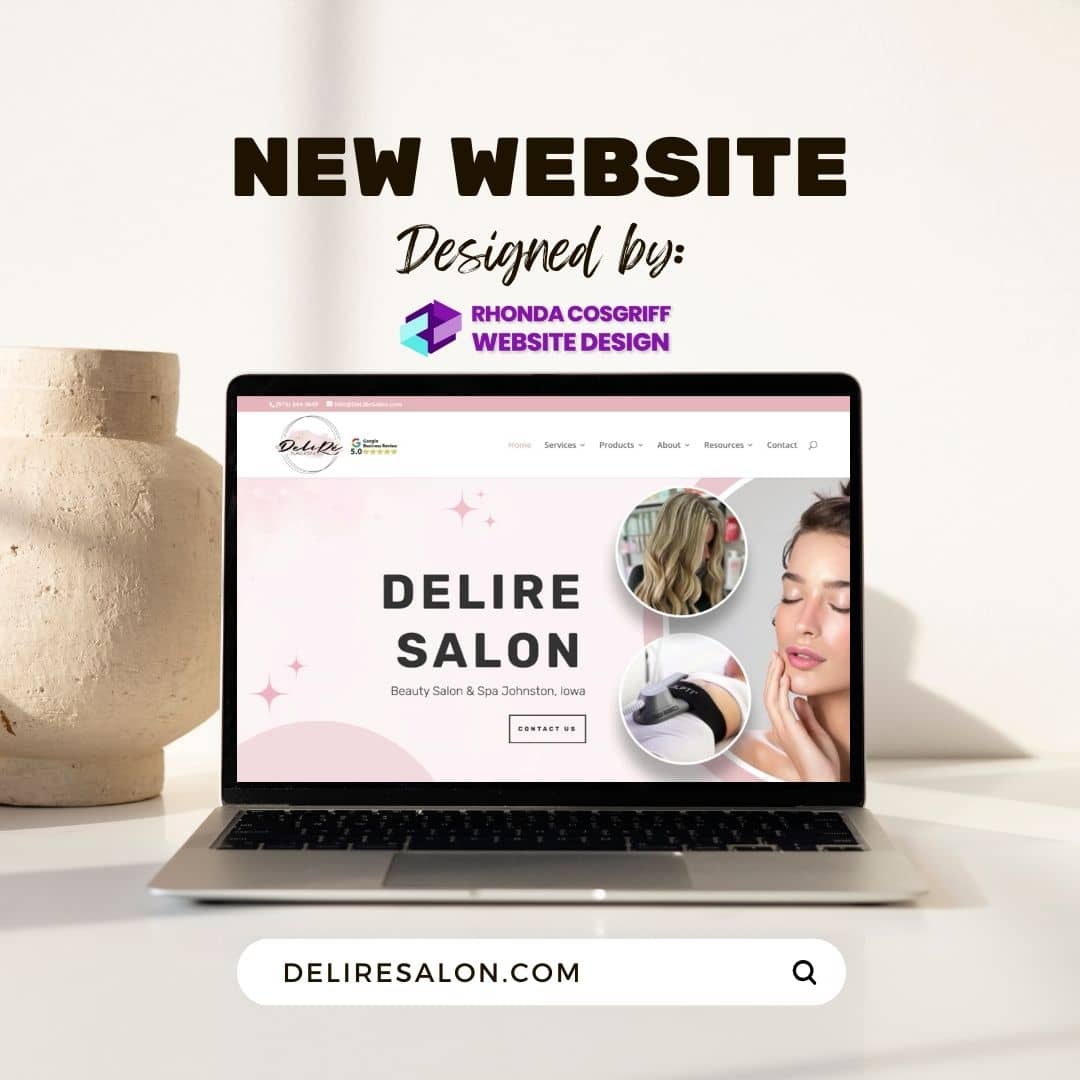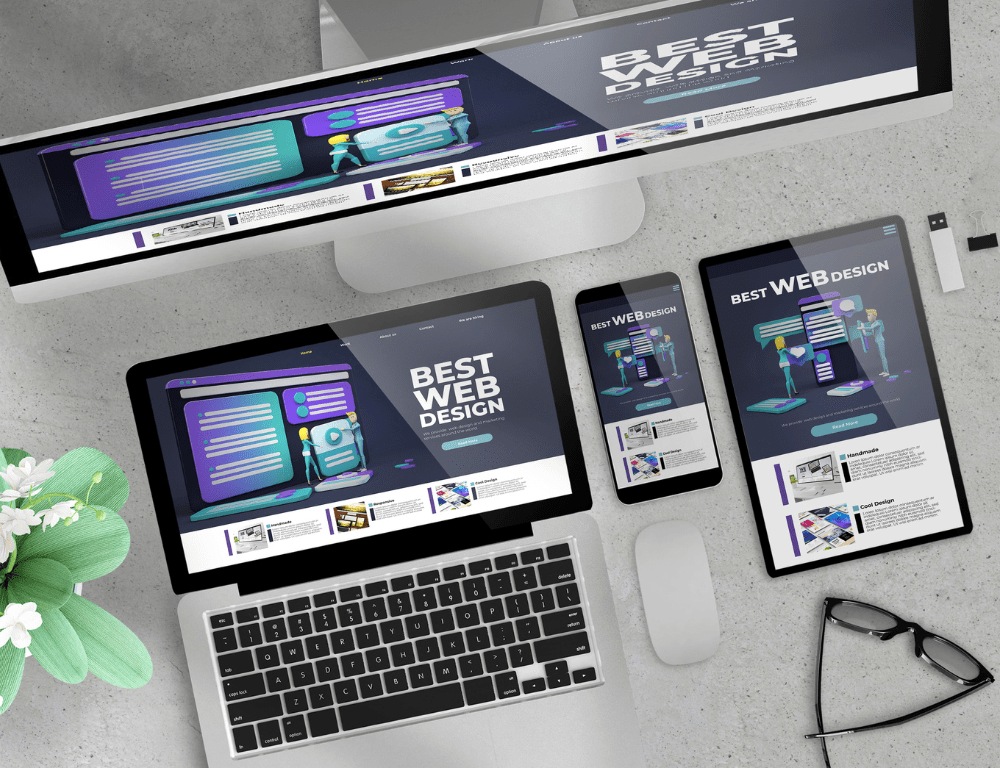B2B Web Design Best Practices: Crafting Effective and Engaging Business Websites
In the competitive world of B2B (Business-to-Business) marketing, a well-designed website can be a game-changer for success. B2B websites need to effectively communicate the brand’s value, engage visitors, and drive conversions. To achieve these goals, following B2B web design best practices is essential. In this article, we will explore the top best practices for crafting effective and engaging B2B websites.
1. Understand Your Audience and Goals
Before diving into the design process, it’s crucial to thoroughly understand your target audience and business goals. Conduct market research, analyze customer preferences, and identify pain points. Align your website’s design with the needs and expectations of your B2B audience to create a compelling user experience.
2. Implement Responsive Web Design
With a growing number of users accessing websites on various devices, responsive web design is no longer an option; it’s a necessity. Ensure your B2B website is mobile-friendly and seamlessly adapts to different screen sizes, including smartphones, tablets, laptops, and desktops.
3. Simplify Navigation
Clear and intuitive navigation is essential for guiding visitors through your B2B website. Keep the navigation menu simple and well-organized. Use descriptive labels for menu items and strategically place prominent CTAs (Call-to-Action) to encourage desired actions.
4. Focus on User Experience (UX)
User experience is paramount in B2B web design. Optimize page load times, minimize distractions, and provide easy access to relevant information. Use visual hierarchy to prioritize content and guide users’ attention to key elements.
5. Use High-Quality Visuals
Professional and high-quality visuals enhance the overall look and feel of your B2B website. Utilize images, videos, and infographics that align with your brand identity and effectively communicate your products or services’ value.
6. Craft Compelling Content
Content is king in B2B marketing. Create informative, engaging, and relevant content that addresses your audience’s pain points and showcases your expertise. Use clear and concise language, and include calls-to-action that prompt visitors to take the next step.
7. Build Trust with Testimonials and Case Studies
B2B buyers value credibility and proof of success. Incorporate client testimonials, case studies, and success stories to build trust and demonstrate your company’s capabilities.
8. Optimize for SEO
Ensure your B2B website is optimized for search engines by using relevant keywords, meta tags, and descriptive URLs. A well-optimized website increases its chances of ranking higher in search engine results, driving organic traffic.
9. Regularly Monitor and Update
Stay proactive in monitoring your website’s performance and user behavior. Use analytics tools to gain insights into user interactions and identify areas for improvement. Regularly update your website with fresh content and relevant information to keep visitors engaged.
Conclusion
B2B web design best practices focus on providing an exceptional user experience and aligning design choices with business objectives. By understanding your audience, implementing responsive design, simplifying navigation, and crafting compelling content, you can create an effective and engaging B2B website. Building trust with testimonials, optimizing for SEO, and staying proactive in monitoring and updating your site are essential for sustaining success. By following these best practices, your B2B website will become a powerful tool for attracting and retaining clients, driving conversions, and contributing to the growth of your business.










